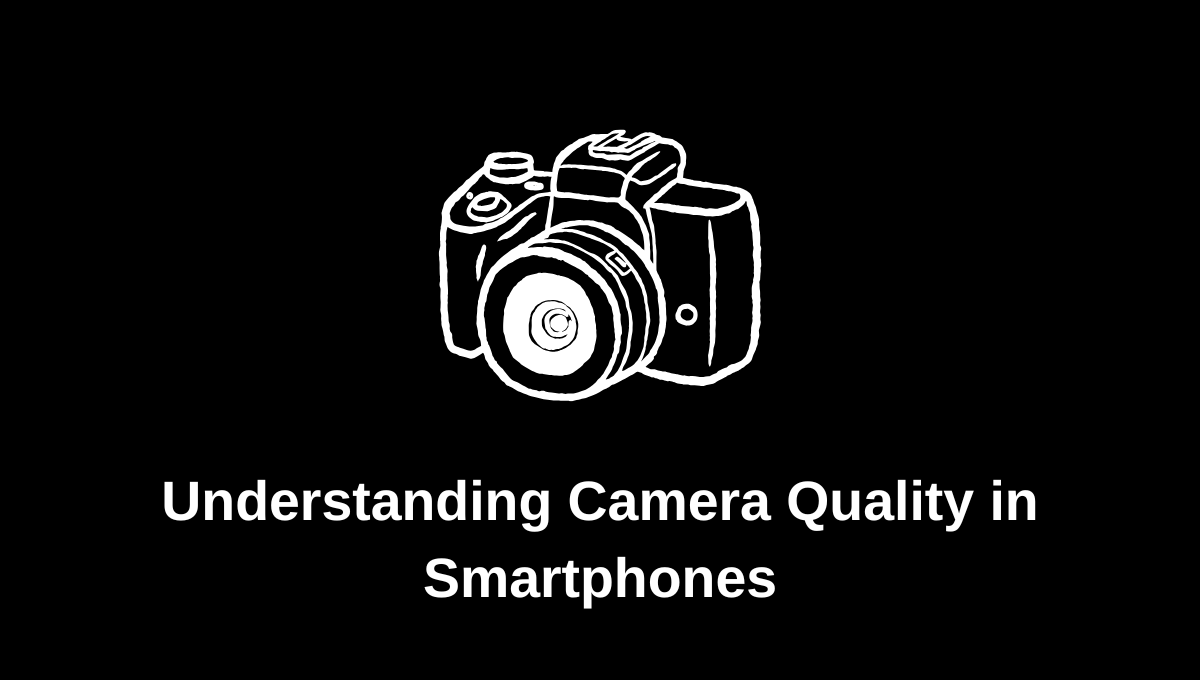Introduction
In today’s smartphone market, camera quality has become one of the most critical features for consumers. With the rise of social media and the growing trend of content creation, a good camera can significantly influence a buyer’s decision. This article explores the factors that contribute to camera quality in smartphones, the evolution of mobile photography, and tips for maximizing your smartphone photography experience.
Key Factors Affecting Camera Quality
- Megapixels (MP)
While megapixels are often highlighted as a measure of camera quality, they are just one piece of the puzzle. Higher megapixel counts can capture more detail, but they don’t always translate to better image quality. Factors like sensor size and lens quality play crucial roles as well. - Sensor Size
The size of the camera sensor significantly impacts image quality. Larger sensors can capture more light, resulting in better performance in low-light conditions and improved dynamic range. This is why premium smartphones often feature larger sensors compared to budget models. - Lens Quality
The quality of the lens affects sharpness and clarity. High-quality lenses reduce distortions and aberrations, ensuring that images are clear and well-defined. Some smartphones now feature multi-lens setups to provide versatility in photography. - Aperture
The aperture size (measured in f-stops) determines how much light enters the camera. A lower f-number (e.g., f/1.8) means a larger aperture, allowing more light in. This is crucial for low-light photography and can also create a pleasing depth of field, blurring the background while keeping the subject in focus. - Image Processing
Advanced image processing algorithms play a significant role in determining the final image quality. These algorithms enhance colors, reduce noise, and improve dynamic range. Manufacturers invest heavily in software development to ensure their cameras produce the best possible images. - Stabilization
Optical Image Stabilization (OIS) or Electronic Image Stabilization (EIS) helps reduce blurriness caused by camera shake. This is especially important for shooting in low-light conditions or capturing fast-moving subjects.
The Evolution of Smartphone Cameras
- Early Days
The first smartphones featured basic cameras with limited capabilities, primarily used for quick snapshots. Early models typically had low megapixel counts and fixed-focus lenses. - Rise of Megapixels
As competition increased, manufacturers began to focus on boosting megapixel counts. This led to a race to claim the title of the “highest megapixel camera,” but the quality of the images remained inconsistent. - Multi-Lens Systems
Recent advancements have seen the introduction of multi-lens systems, allowing for various photography styles, such as wide-angle, telephoto, and macro photography. This versatility has enhanced the creative potential for smartphone photographers. - AI Integration
Many modern smartphones utilize artificial intelligence to improve photography. AI can recognize scenes, optimize settings automatically, and apply filters or enhancements in real time, making it easier for users to capture stunning images. - Video Capabilities
Alongside still photography, video quality has become increasingly important. Features like 4K recording, slow-motion, and advanced stabilization techniques have made smartphones viable options for video content creation.
Tips for Maximizing Smartphone Photography
- Use Natural Light
Whenever possible, shoot in natural light to enhance image quality. Early morning or late afternoon provides the best lighting conditions, creating soft, warm tones. - Composition Matters
Pay attention to the composition of your shots. Utilize the rule of thirds, leading lines, and framing to create more visually appealing images. - Experiment with Settings
Explore your camera’s settings and features. Adjust exposure, focus, and white balance to better suit your shooting environment. Many smartphones offer pro modes that give you more control over camera settings. - Keep Your Lens Clean
A dirty lens can lead to blurry images or unwanted artifacts. Regularly clean your camera lens with a microfiber cloth to ensure clarity. - Utilize Editing Apps
Post-processing can significantly enhance your photos. Explore editing apps to adjust brightness, contrast, saturation, and sharpness, helping you achieve the desired look.
Conclusion
Camera quality has become a defining feature of smartphones, influencing consumer choices and shaping how we capture and share moments. Understanding the key factors that contribute to camera performance, along with tips for improving your photography skills, can help you make the most of your smartphone’s capabilities. As technology continues to advance, the potential for smartphone photography will only grow, offering users new ways to express their creativity.
